Home>Furniture & Design>Outdoor Furniture>What Type Of Paint For Outdoor Wood?
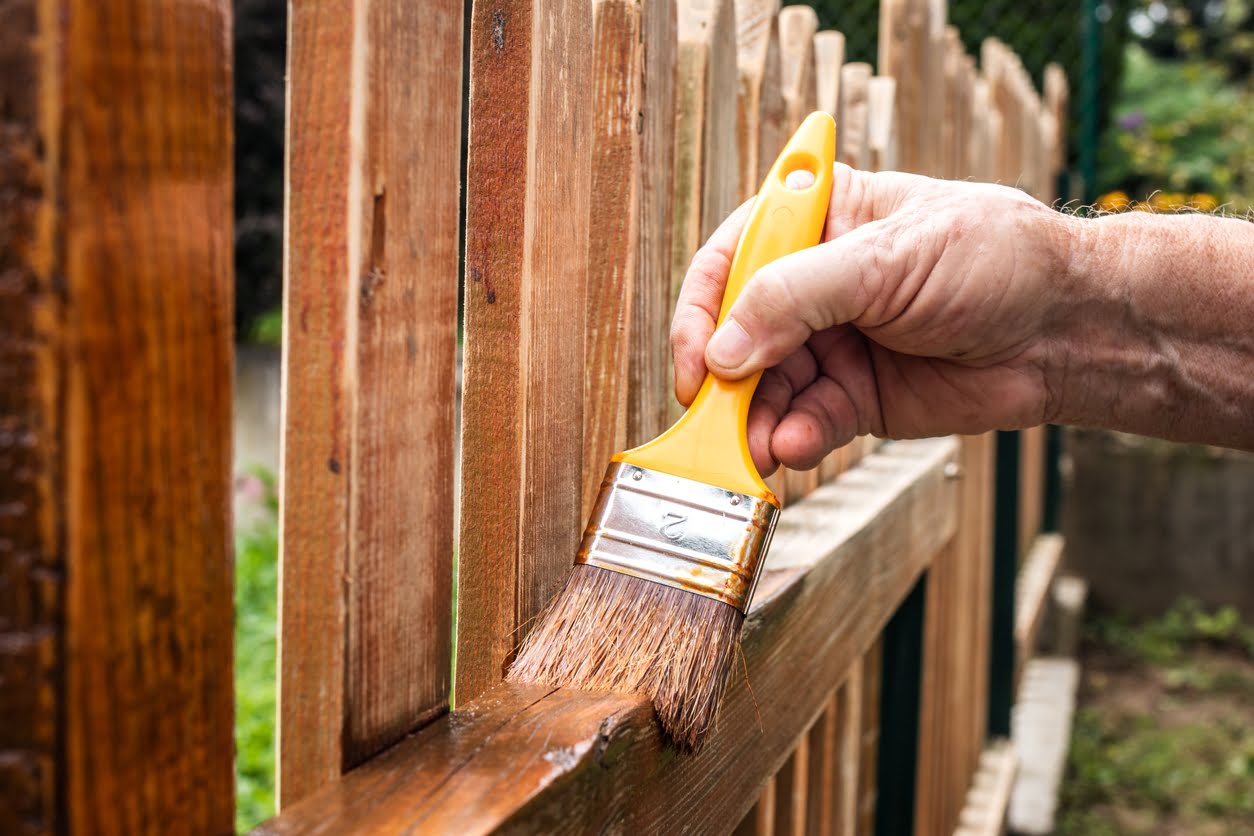

Outdoor Furniture
What Type Of Paint For Outdoor Wood?
Published: January 16, 2024
Discover the best type of paint for outdoor wood furniture and design. Learn how to protect your outdoor furniture with the right paint. Ideal for outdoor furniture, decks, and more.
(Many of the links in this article redirect to a specific reviewed product. Your purchase of these products through affiliate links helps to generate commission for Storables.com, at no extra cost. Learn more)
Introduction
When it comes to outdoor wood furniture, choosing the right type of paint is crucial for both aesthetic appeal and long-term durability. The outdoor environment exposes wood to harsh elements such as sunlight, rain, and temperature fluctuations, making it susceptible to damage if not properly protected. Selecting the appropriate paint not only enhances the beauty of the furniture but also shields it from moisture, UV rays, and general wear and tear.
Understanding the different types of paint available for outdoor wood is essential for making an informed decision. Each type has unique characteristics that influence its performance, application, and longevity. From oil-based to latex, acrylic, and alkyd paints, there are various options to consider, each with its own set of advantages and limitations. By delving into the specifics of each paint type, you can gain valuable insights into the most suitable choice for your outdoor wood furniture, ensuring that it remains both visually appealing and well-protected for years to come.
Key Takeaways:
- Choose oil-based paint for outdoor wood furniture for exceptional durability and weather resistance, providing long-lasting beauty and resilience against harsh outdoor elements.
- Consider acrylic paint for outdoor wood furniture for its durability, color vibrancy, and user-friendly application, offering long-lasting protection and visually appealing finish.
Oil-based Paint
Oil-based paint has long been a popular choice for outdoor wood furniture due to its exceptional durability and weather resistance. Comprising natural or synthetic oils as the base, this type of paint forms a tough, protective coating that effectively shields wood from moisture and UV rays. The richness of oil-based paint also imparts a deep, lustrous finish to the furniture, enhancing its overall appearance.
One of the key advantages of oil-based paint is its ability to penetrate the wood’s surface, providing a strong bond that withstands the rigors of outdoor exposure. This deep penetration also offers excellent protection against water damage, making it particularly suitable for outdoor furniture that is constantly exposed to rain or humidity. Additionally, oil-based paint exhibits superior adhesion, ensuring that it adheres firmly to the wood and resists peeling, chipping, or flaking over time.
While oil-based paint boasts remarkable durability, it does have some drawbacks to consider. It tends to have a longer drying time compared to other types of paint, requiring ample time for each coat to cure fully. Furthermore, the fumes emitted during application can be potent, necessitating adequate ventilation during the painting process. Clean-up of oil-based paint also typically involves the use of solvents, adding to the overall complexity of the application and maintenance.
Despite these considerations, oil-based paint remains a top choice for outdoor wood furniture, especially in environments with harsh weather conditions. Its robust protective properties, coupled with the striking finish it imparts, make it a compelling option for those seeking long-lasting beauty and resilience for their outdoor wood pieces.
Latex Paint
Latex paint, also known as water-based paint, has gained popularity as a versatile and environmentally friendly option for outdoor wood furniture. Its composition, which includes water as a carrier and synthetic polymers as binders, offers several distinct advantages that make it a compelling choice for outdoor applications. Latex paint dries relatively quickly, allowing for faster recoating and shorter overall project timelines. This expedited drying time is particularly advantageous when working on outdoor furniture, as it minimizes the risk of dust or debris settling on the freshly painted surface.
One of the standout features of latex paint is its exceptional flexibility, which enables it to expand and contract with the wood as it responds to fluctuations in temperature and humidity. This flexibility helps prevent the paint from cracking or peeling, ensuring long-term adhesion and protection for the furniture. Additionally, latex paint emits minimal odor compared to oil-based alternatives, making it a more user-friendly option, especially in outdoor settings where ventilation may be limited.
Furthermore, latex paint is available in a wide range of colors and finishes, offering ample opportunities for customization to suit individual preferences and design schemes. Whether seeking a glossy, satin, or matte appearance, latex paint provides diverse options to achieve the desired aesthetic for outdoor wood furniture. Its ease of application and soap-and-water cleanup make it a convenient choice for DIY enthusiasts and professional painters alike.
While latex paint offers numerous benefits, it is important to note that it may not provide the same level of moisture resistance as oil-based paint. As a result, it is essential to ensure that outdoor wood furniture painted with latex paint is adequately protected from prolonged exposure to moisture and damp conditions. Proper surface preparation and the application of a suitable primer can help enhance the paint’s durability and longevity, making it better equipped to withstand outdoor elements.
Overall, latex paint stands as a versatile and resilient option for outdoor wood furniture, offering a balance of performance, environmental considerations, and aesthetic versatility. Its ability to provide a protective and visually appealing finish makes it a compelling choice for those seeking a reliable paint solution for their outdoor wood pieces.
When painting outdoor wood, use an exterior acrylic latex paint. It’s durable, flexible, and provides good protection against the elements. Make sure to prime the wood first for better adhesion and longevity of the paint job.
Acrylic Paint
Acrylic paint has emerged as a popular choice for outdoor wood furniture, offering a blend of durability, versatility, and ease of use. Composed of acrylic polymer emulsion as the binding agent, acrylic paint provides a resilient coating that adheres well to wood surfaces, forming a protective barrier against environmental elements. Its quick drying time and low odor make it a convenient option for outdoor projects, allowing for efficient application and minimal disruption to surrounding areas.
One of the standout characteristics of acrylic paint is its exceptional resistance to fading, ensuring that the vibrant colors applied to outdoor wood furniture retain their brilliance over time. This UV resistance is particularly valuable in outdoor settings, where prolonged exposure to sunlight can cause colors to dull or degrade. Additionally, acrylic paint is available in a wide array of hues, enabling ample opportunities for creative expression and customization to complement various outdoor design themes.
Furthermore, acrylic paint exhibits excellent adhesion to wood, minimizing the risk of peeling or flaking, even in challenging outdoor conditions. Its ability to withstand moisture and temperature fluctuations makes it a reliable choice for outdoor wood furniture, providing long-lasting protection and visual appeal. The flexibility of acrylic paint also allows for easy touch-ups and maintenance, ensuring that the furniture maintains its aesthetic allure with minimal effort.
While acrylic paint offers numerous benefits, it is important to note that proper surface preparation is crucial to maximize its performance and longevity. Adequate priming and sealing of the wood surface can enhance the adhesion and durability of acrylic paint, fortifying the furniture against the rigors of outdoor exposure. Additionally, applying a clear protective topcoat can further bolster the paint’s resistance to UV rays and moisture, prolonging its lifespan and maintaining the integrity of the painted surface.
Overall, acrylic paint stands as a resilient and visually appealing option for outdoor wood furniture, offering a harmonious blend of durability, color vibrancy, and user-friendly application. Its ability to provide long-lasting protection and aesthetic enhancement makes it a compelling choice for those seeking a reliable and attractive finish for their outdoor wood pieces.
Alkyd Paint
Alkyd paint, known for its exceptional durability and smooth finish, has established itself as a formidable option for outdoor wood furniture. Comprising a synthetic resin as its binder, alkyd paint offers robust adhesion and resistance to wear, making it well-suited for withstanding the challenges posed by outdoor environments. Its ability to form a hard, protective coating on wood surfaces contributes to long-term protection against moisture, UV rays, and general wear and tear.
One of the defining features of alkyd paint is its remarkable flow and leveling properties, which result in a uniform and lustrous finish on outdoor wood furniture. This smooth, professional-looking surface enhances the aesthetic appeal of the furniture while simultaneously providing a robust shield against the elements. Additionally, alkyd paint exhibits excellent color retention, ensuring that the vibrant hues applied to outdoor wood furniture maintain their brilliance over time, even in the face of prolonged exposure to sunlight.
Furthermore, alkyd paint offers a relatively quick drying time, facilitating efficient application and enabling multiple coats to be applied within a shorter timeframe. This expedited drying process is advantageous for outdoor projects, as it minimizes the risk of dust or debris marring the freshly painted surface. The durability and ease of maintenance associated with alkyd paint make it a compelling choice for those seeking a long-lasting and visually appealing finish for their outdoor wood pieces.
While alkyd paint boasts numerous advantages, it is important to note that proper surface preparation is crucial to maximize its performance and longevity. Thoroughly cleaning and priming the wood surface before applying alkyd paint can enhance its adhesion and durability, ensuring that the furniture remains well-protected and visually striking for years to come. Additionally, the application of a clear protective topcoat can further bolster the paint’s resistance to UV rays and moisture, prolonging its lifespan and maintaining the integrity of the painted surface.
Overall, alkyd paint stands as a resilient and visually appealing option for outdoor wood furniture, offering a harmonious blend of durability, aesthetic enhancement, and ease of application. Its ability to provide long-lasting protection and a lustrous finish makes it a compelling choice for those seeking a reliable and attractive solution for their outdoor wood pieces.
Read more: What Type Of Wood Is Used For Outdoor Decks
Conclusion
Choosing the right type of paint for outdoor wood furniture is a critical decision that directly impacts both its aesthetic appeal and long-term durability. Each type of paint, including oil-based, latex, acrylic, and alkyd, offers unique characteristics that cater to specific needs and preferences. Understanding the distinct advantages and considerations associated with each type empowers individuals to make informed choices that align with their desired outcomes for outdoor wood furniture projects.
Oil-based paint, renowned for its exceptional durability and weather resistance, provides a robust protective coating that withstands the rigors of outdoor exposure. Its deep penetration into the wood surface and striking finish make it a compelling choice for those seeking long-lasting beauty and resilience for their outdoor wood pieces.
Latex paint, valued for its versatility, quick drying time, and environmental considerations, offers a balance of performance, aesthetic versatility, and ease of application. Its exceptional flexibility and diverse color options make it a compelling choice for those seeking a reliable and visually appealing finish for their outdoor wood furniture.
Acrylic paint, known for its durability, color vibrancy, and user-friendly application, provides a resilient coating that adheres well to wood surfaces, offering long-lasting protection and visual appeal. Its resistance to fading and flexibility make it a compelling choice for those seeking a reliable and attractive finish for their outdoor wood pieces.
Alkyd paint, recognized for its exceptional durability, smooth finish, and color retention, forms a hard, protective coating that enhances the aesthetic appeal of outdoor wood furniture. Its remarkable flow and leveling properties, along with its relatively quick drying time, make it a compelling choice for those seeking a long-lasting and visually appealing finish for their outdoor wood pieces.
Ultimately, the selection of the most suitable paint type for outdoor wood furniture depends on individual preferences, project requirements, and the specific environmental factors the furniture will be exposed to. By carefully considering the unique attributes of each paint type and their compatibility with the intended application, individuals can ensure that their outdoor wood furniture not only looks stunning but also remains well-protected against the elements for years to come.
Frequently Asked Questions about What Type Of Paint For Outdoor Wood?
Was this page helpful?
At Storables.com, we guarantee accurate and reliable information. Our content, validated by Expert Board Contributors, is crafted following stringent Editorial Policies. We're committed to providing you with well-researched, expert-backed insights for all your informational needs.
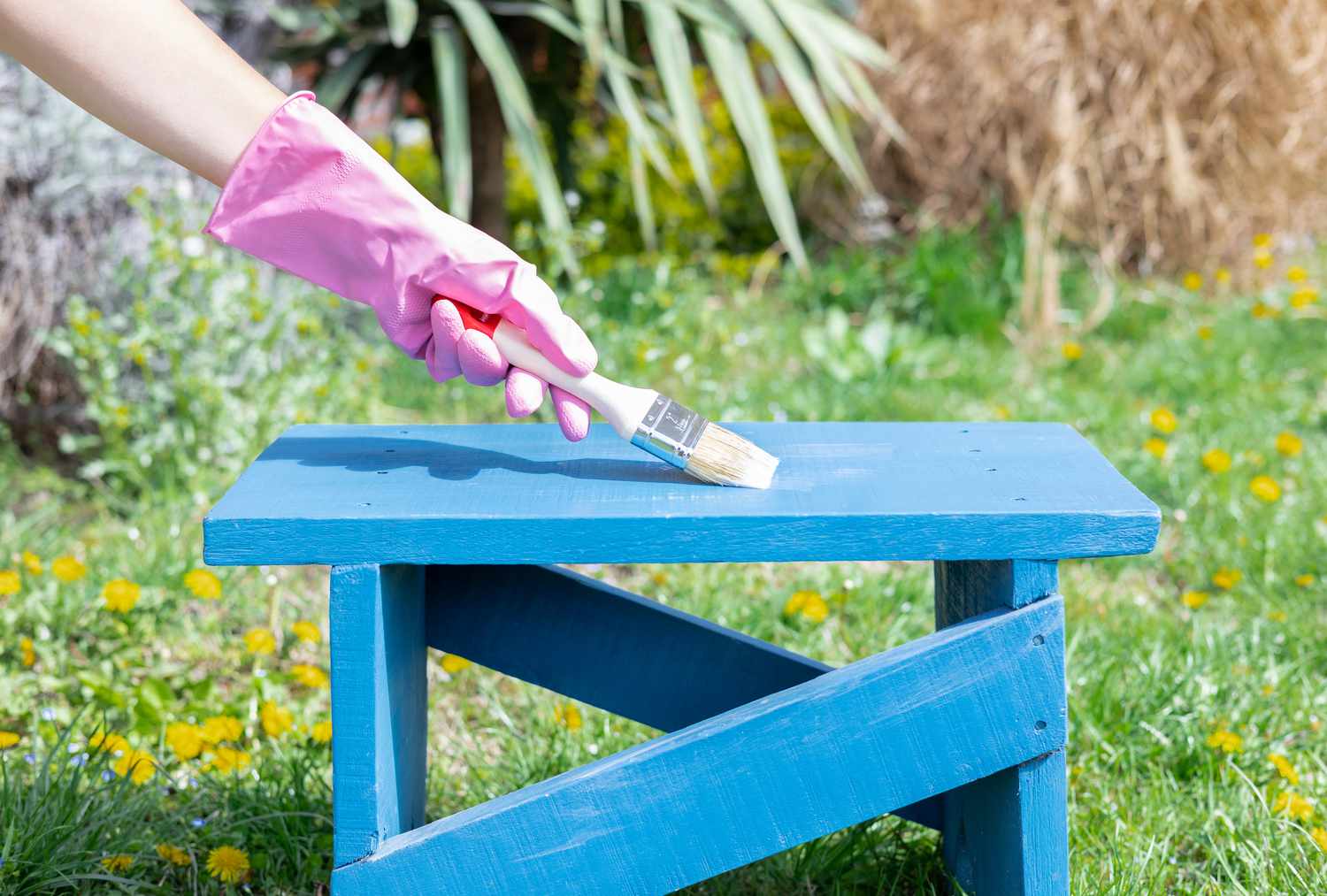
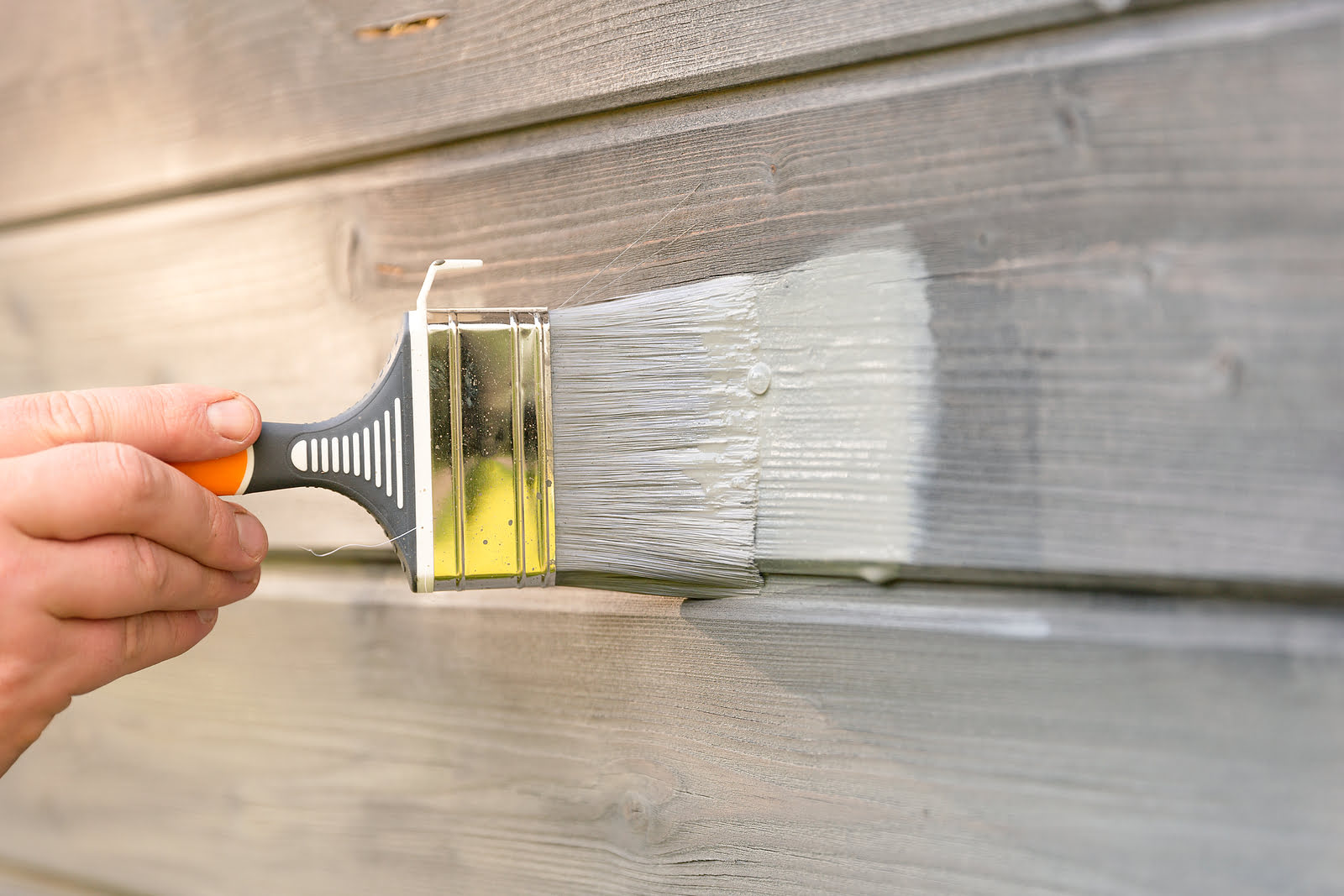
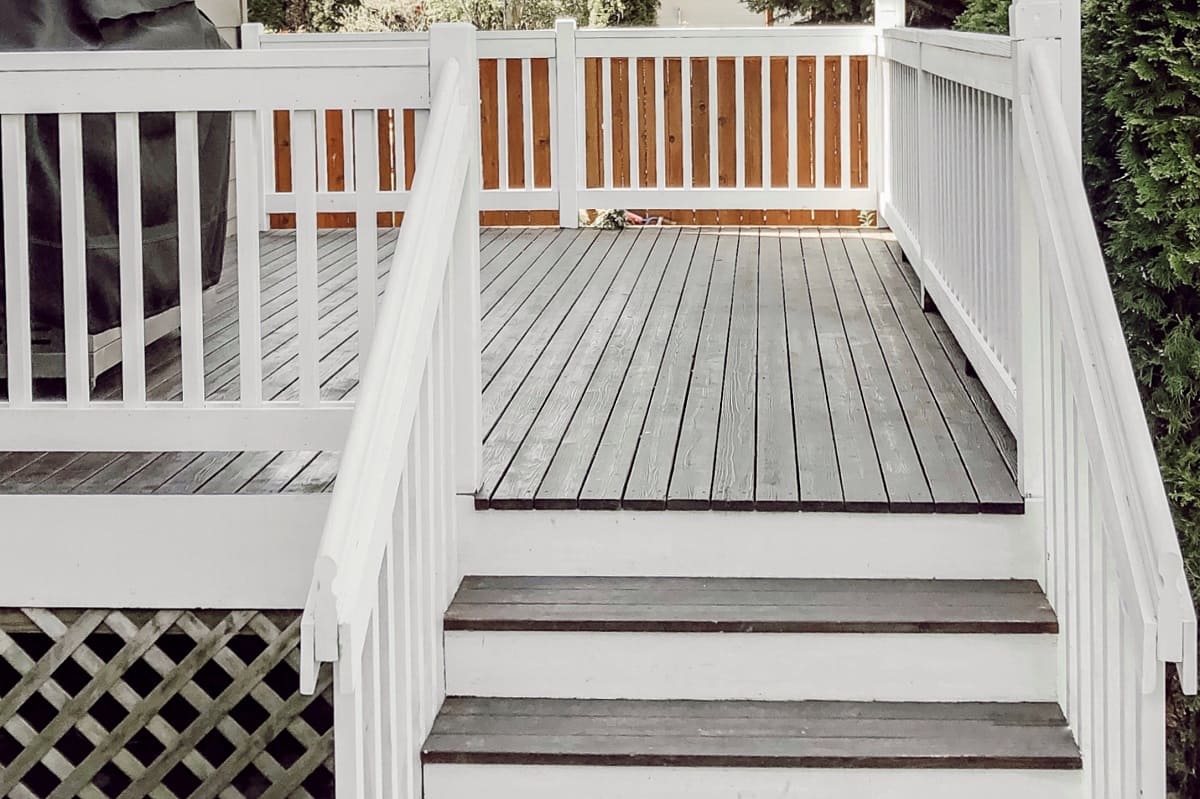
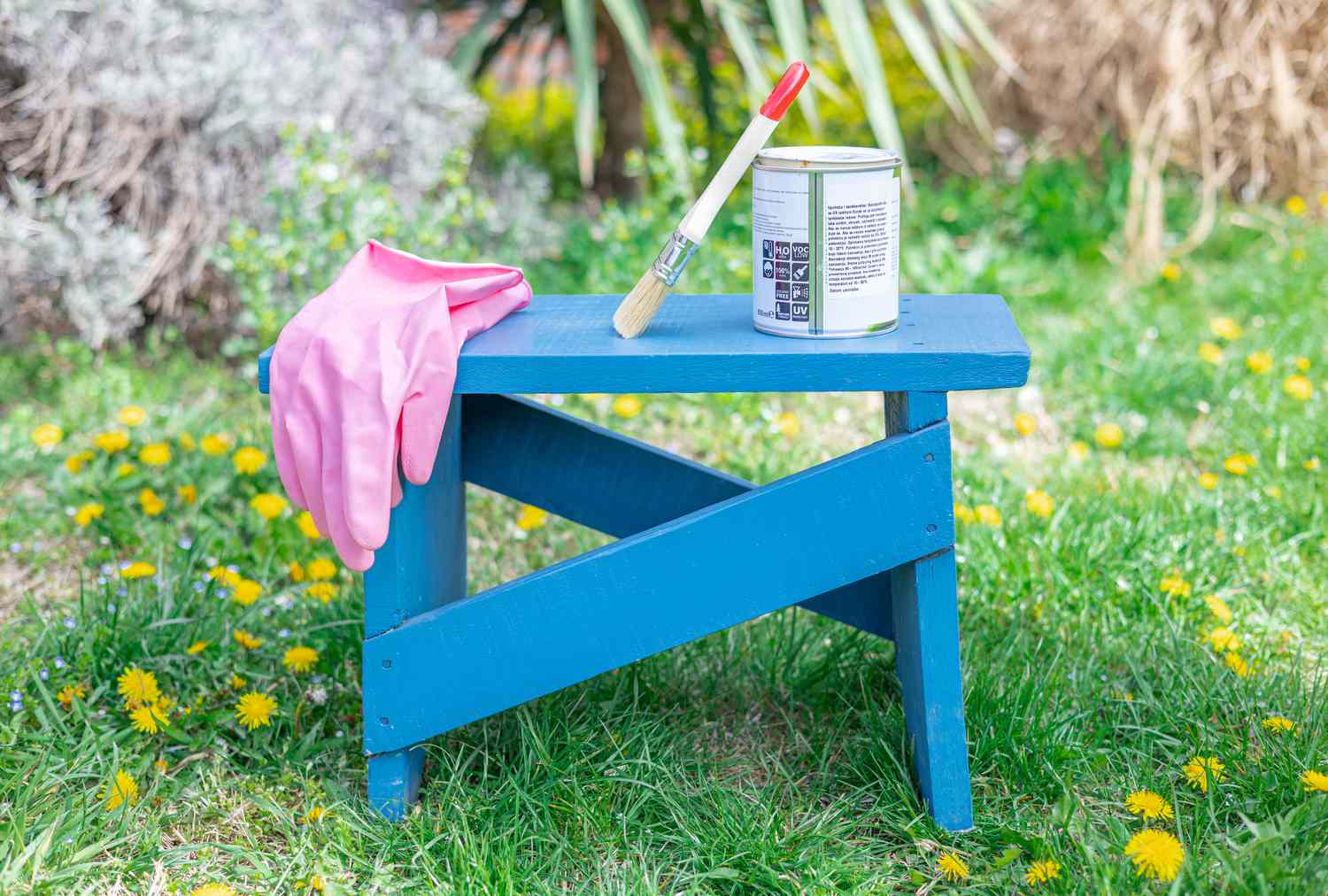
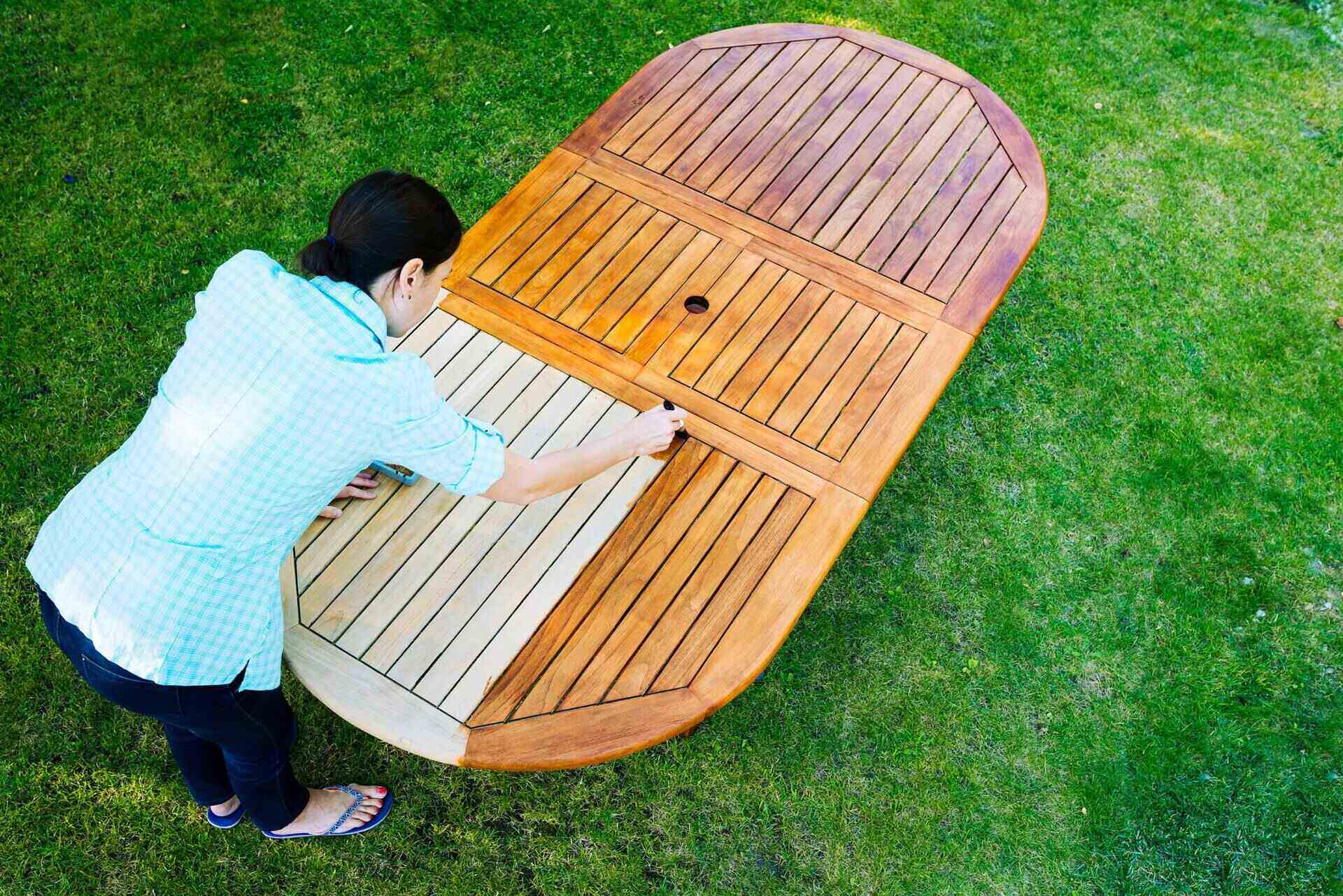

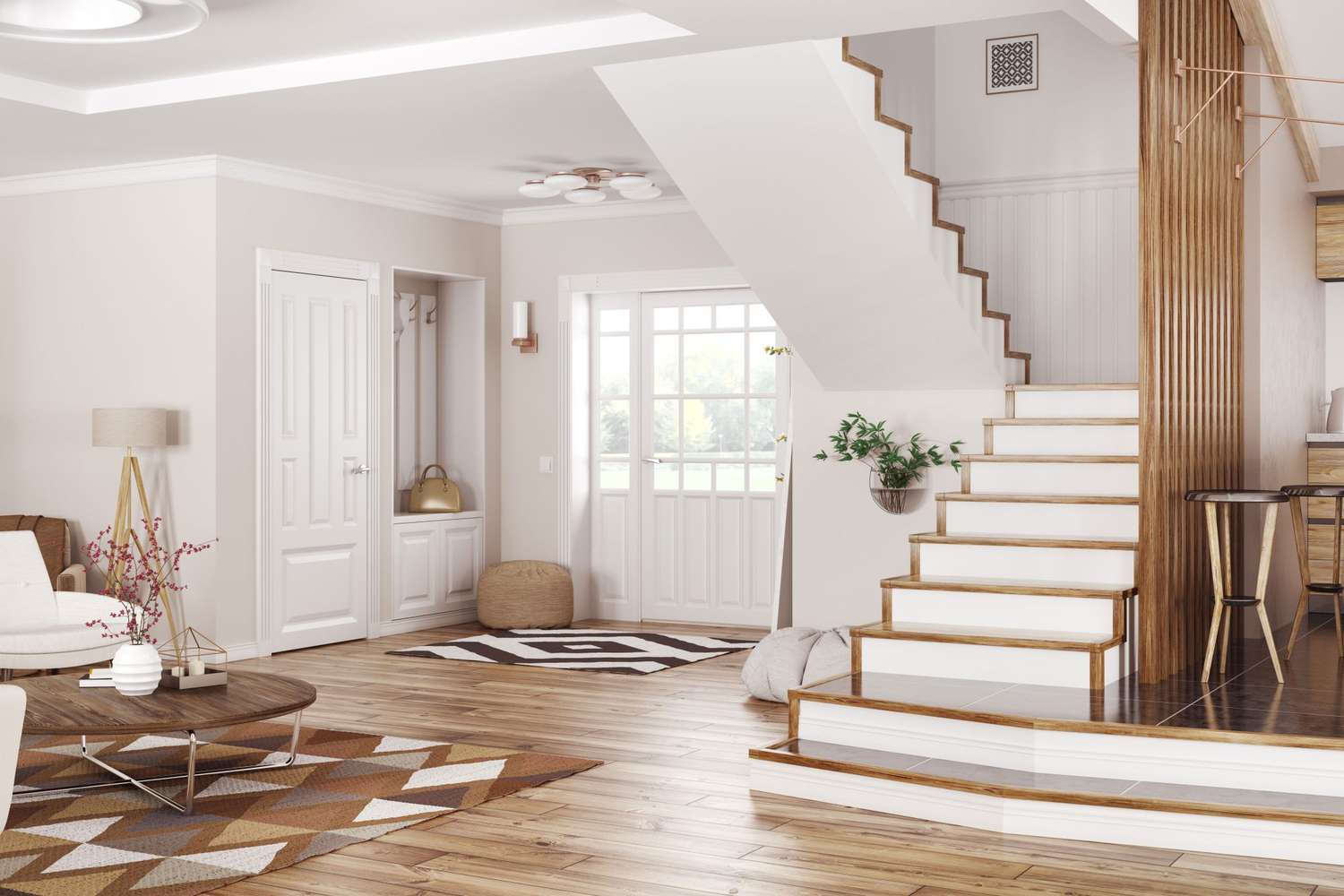
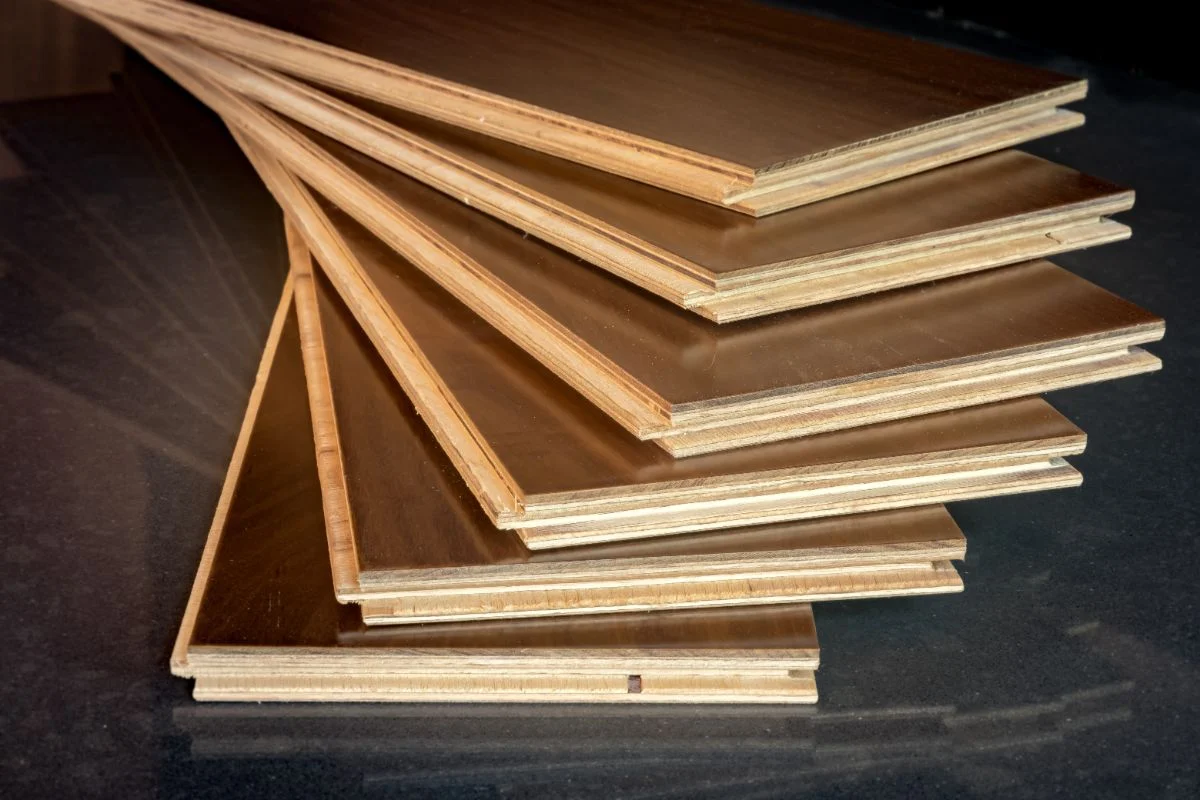
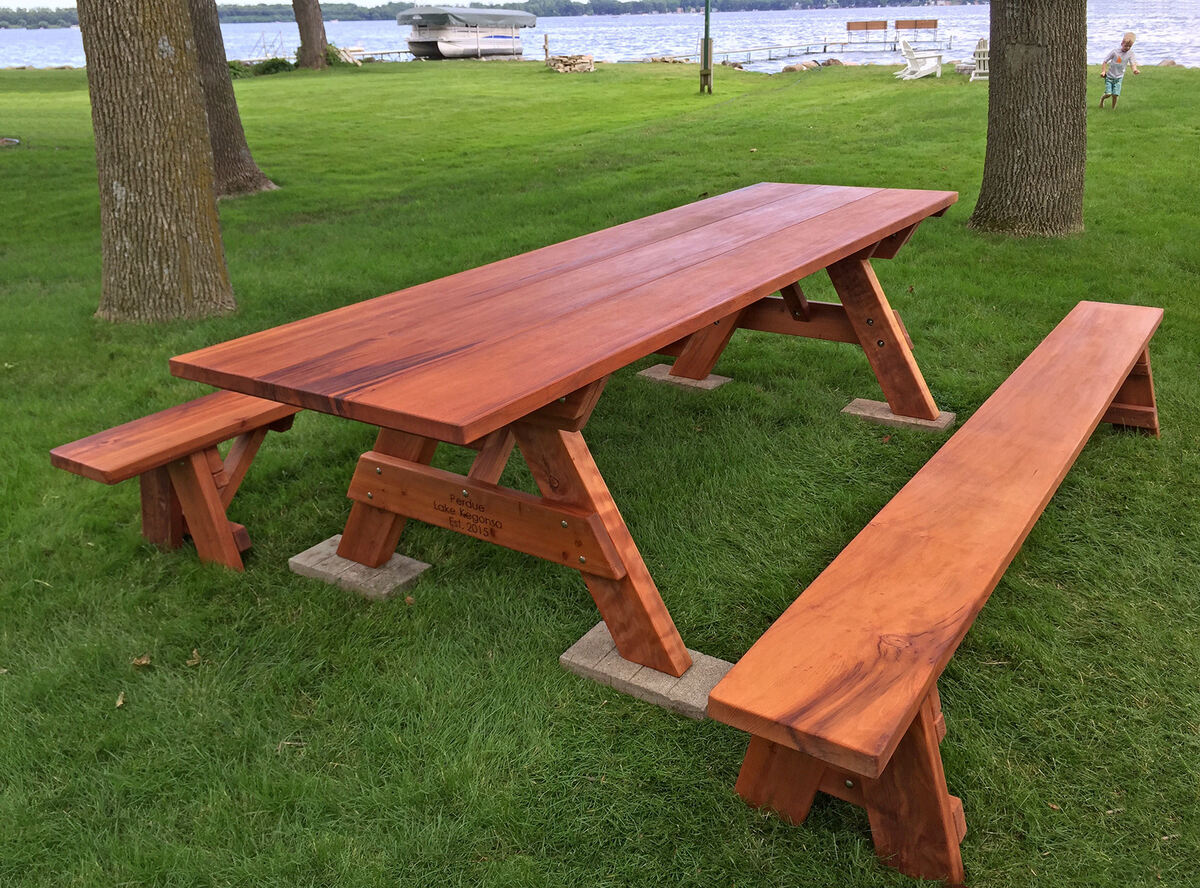
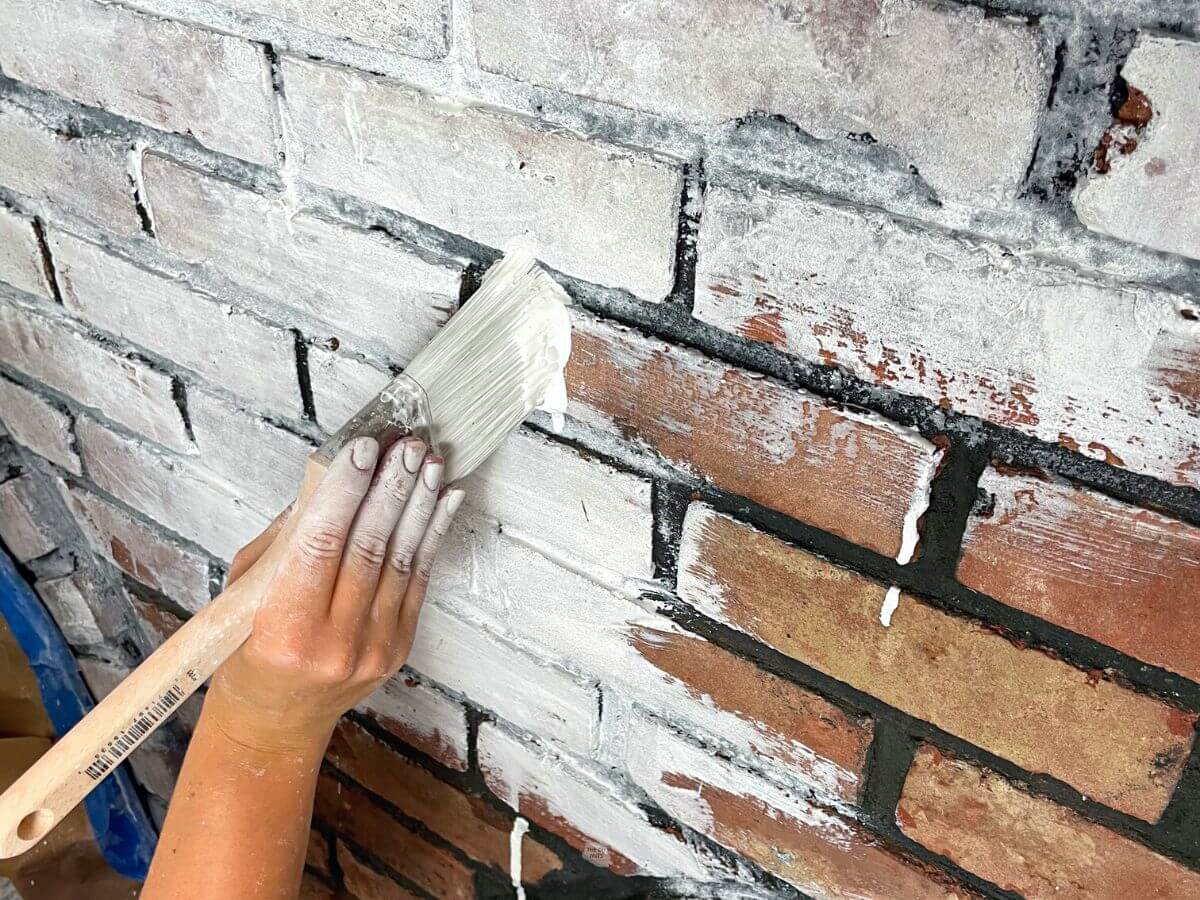
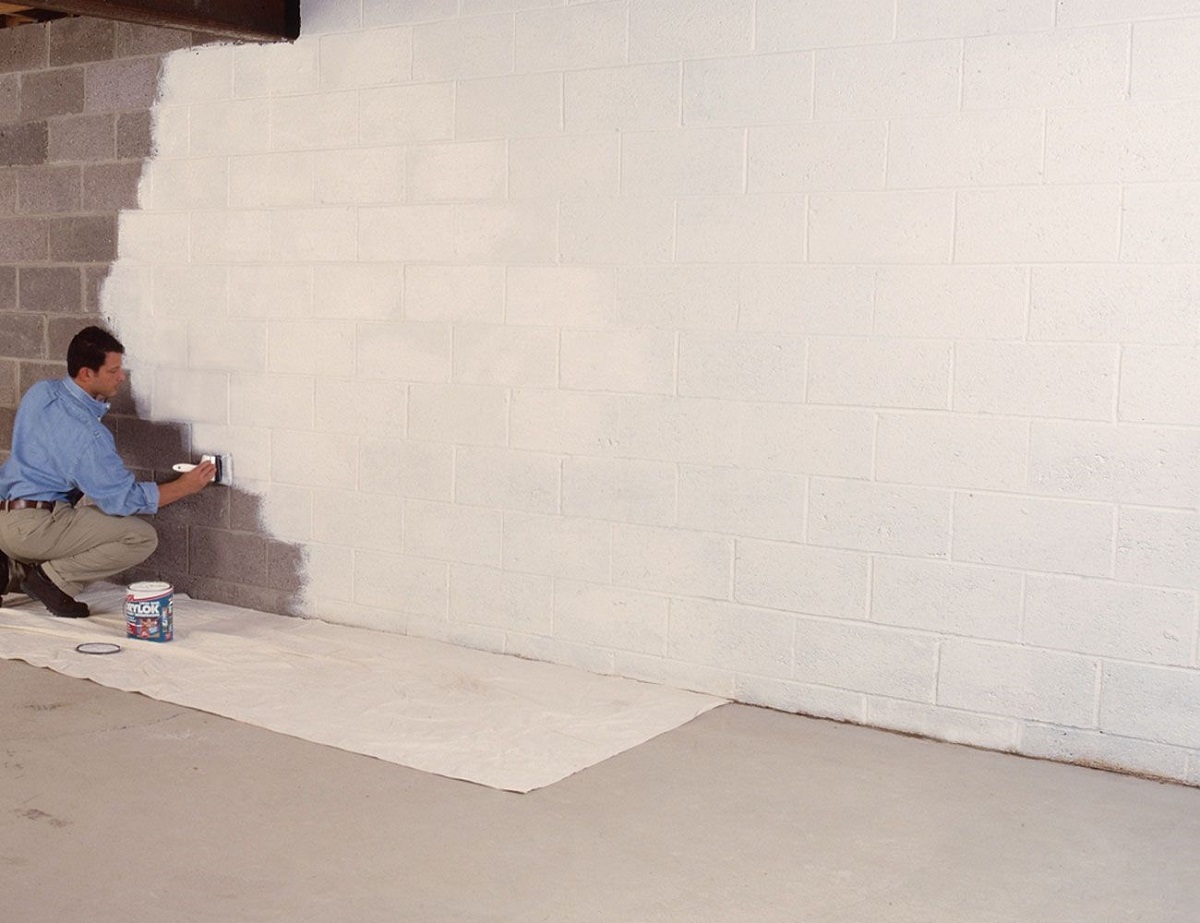

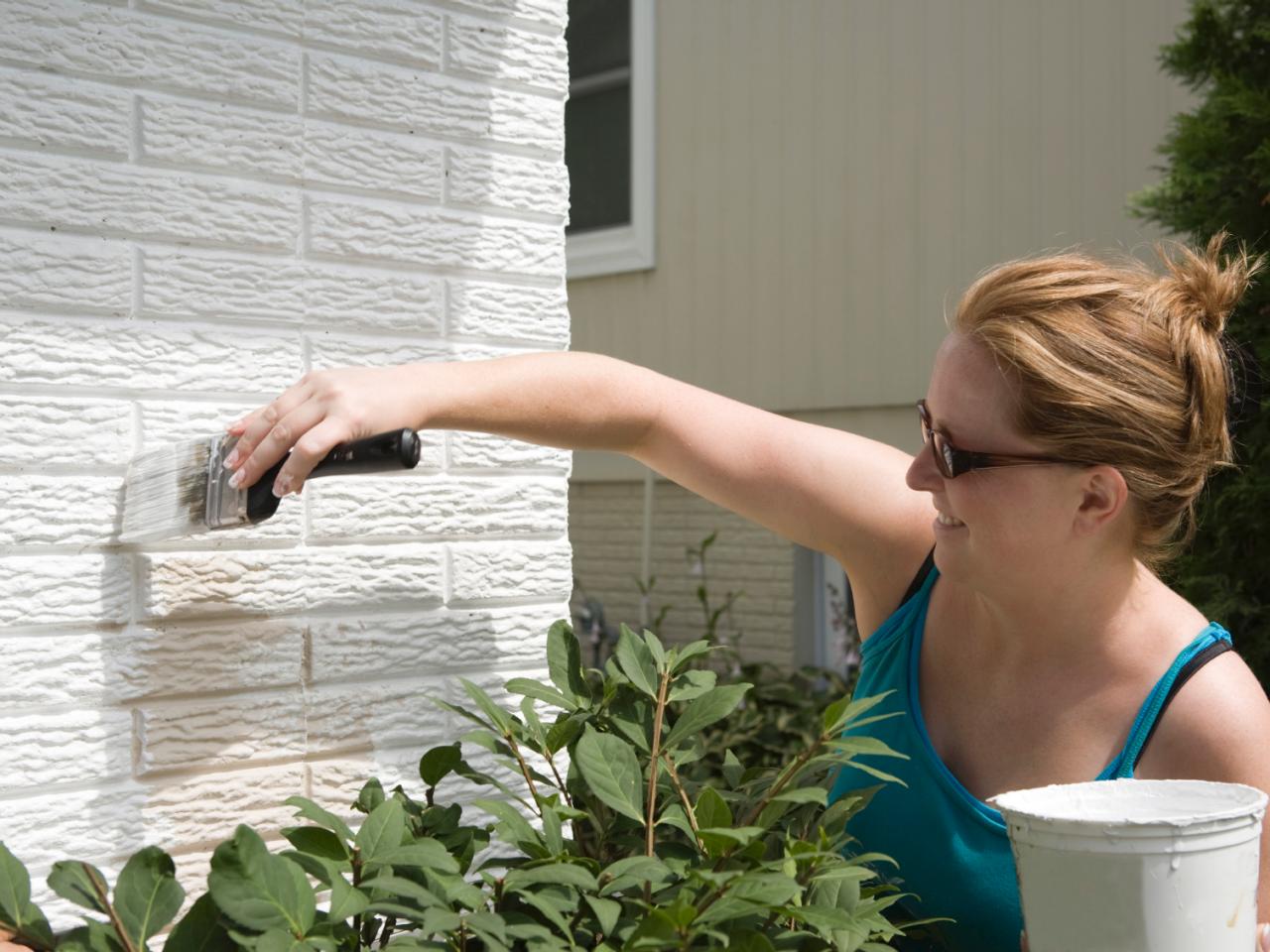
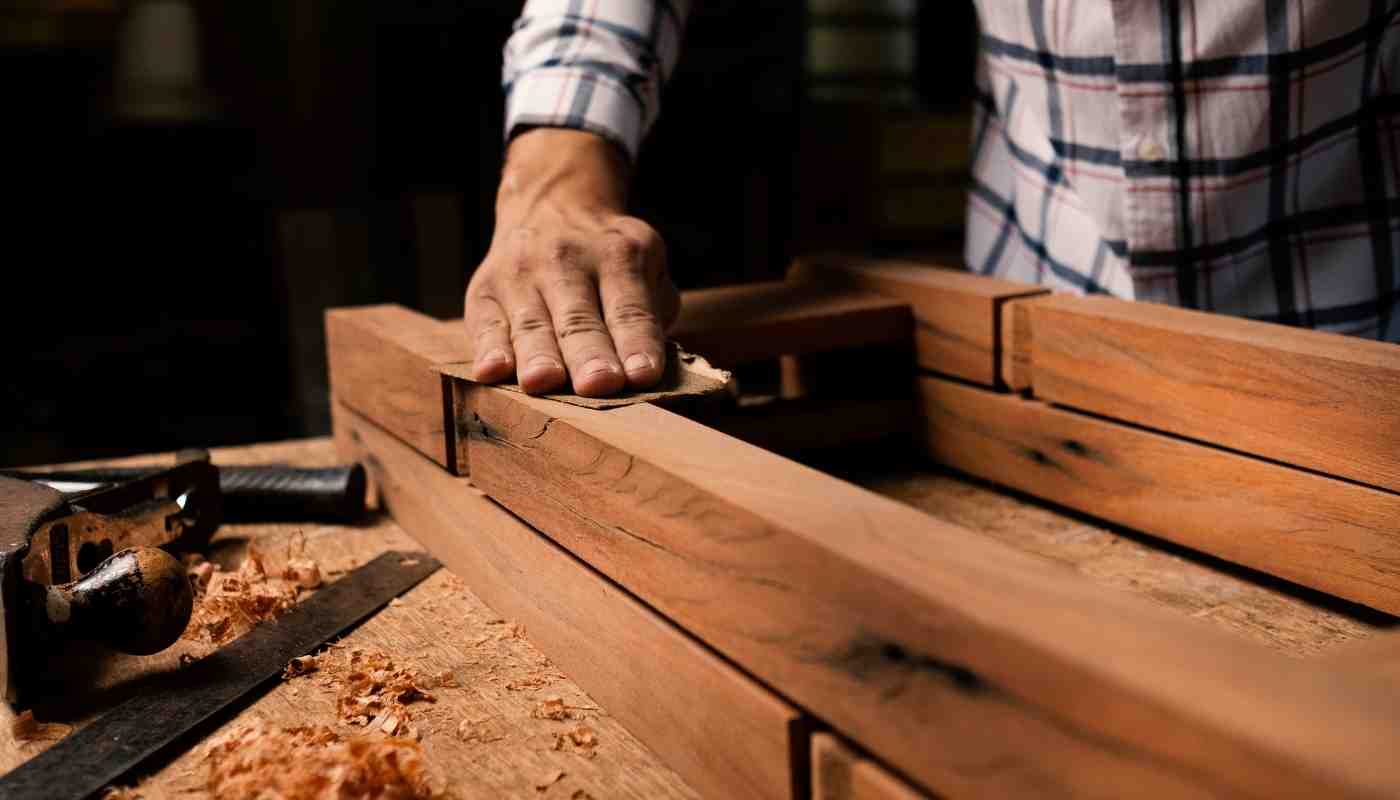

0 thoughts on “What Type Of Paint For Outdoor Wood?”